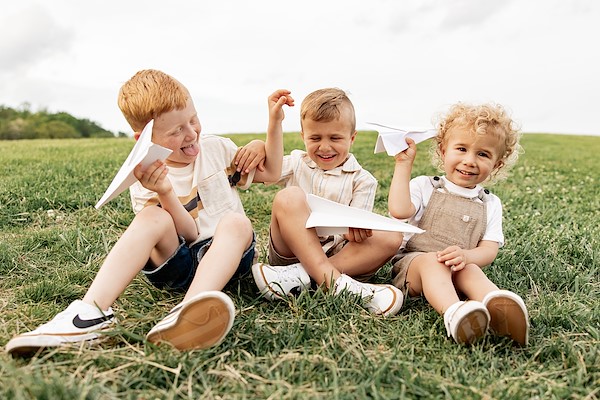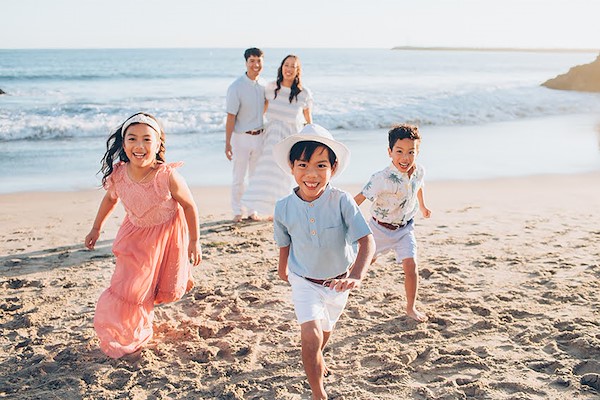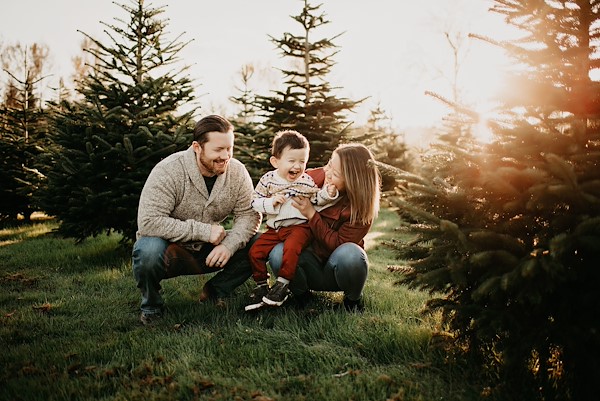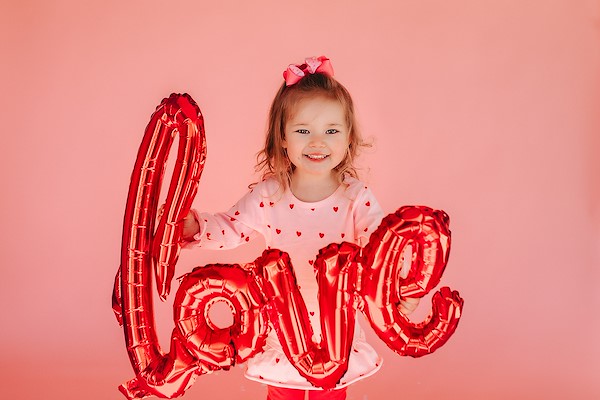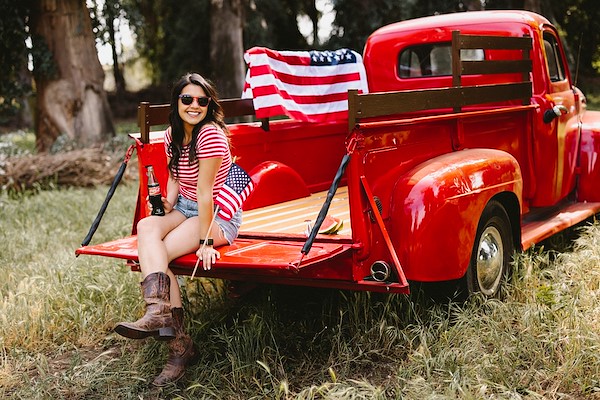
Tips and Tricks for Pet–Friendly Mini Sessions
By Kris Ann Valdez
Clients love to showcase the special bond they have with their pets through photographs. The unpredictable nature of working with animals can be intimidating, but our photographers offer the best tips and tricks for successful pet-friendly sessions.
What time of year do you book these minis?
These sessions can be booked year-round, especially if they take place in a studio.
But expect it to be busiest in late autumn. J.B. Shepard of Puptrait Photography says. Because pet-focused sessions and prints make excellent gifts and holiday cards, you’re likely to receive an influx of requests then.
Another promising time to shoot pet mini sessions is springtime. Who doesn’t want to frolic with their furry friend through lavender fields or cherry blossoms?
You can also book these sessions during slower holidays like Mother’s Day or Valentine’s Day.
Just remember, the main objective is to have your minis stand apart from your regular sessions. For example, Amanda Rae Linas of Beloved Pet and Equine Photography shares how “a special artisan curated backdrop” in studio, or outdoor scenes like a farm that’s not usually available/flowers that only bloom for a short period can add a sense of novelty and urgency to your work.
Clients love experiencing a one-of-a-kind opportunity. If you pitch it as “you miss it, then you miss it” they are more likely to book, Amanda suggests.
Lastly, when it comes to bookings, automate the client communication process as much as possible. Allison of Allison Mae Photography recommends:
- An online booking system for time slots
- Automated emails outlining what clients can expect
- Clear communication of her pricing and what her mini sessions include
 Images by: Allison Mae Photography
Images by: Allison Mae Photography
What do you charge?
The photographers we spoke with charged a base fee of $250 to $500 for their mini sessions.
Jessica Neumann of Jessia Neumann Photography provides her clients with ten to fifteen images, two of these in high resolution.
Similarly, Allison‘s base package provides a twenty-minute shoot with three social media-sized files.
Amanda’s sessions are divided into two tiers dependent on how many people and pets need to be involved, or how many images her clients want to walk away with. For larger families (up to six people and pets), or people who prefer more images, she charges $250 for a thirty-minute session. This includes a private online gallery and a download of three favorite images.
“It’s important not to undersell your value,” Amanda reminds photographers. “Mini shoots are hard work, and they must be worth your time. Only offer a limited number of images with the session, then give clients the option to purchase more.”
Her favorite way to increase revenue is to offer additional files, holiday cards, prints and artwork through her gallery delivery software.
While Puptrait’s sitting fee for studio portrait sessions is $500 per dog, they charge extra for prints. Prices vary based on sizing and mounting. J.B. says, “Our patrons typically invest anywhere from $3-5k in total. But it varies, some folds don’t have need or space for prints and are happy with their digital proofs.”
What props should I use in my session?
Props can bring a fun element to pet mini sessions, but they aren’t necessary. Jessica prefers a plain backdrop to let the animal shine, though sometimes she’ll use a small bucket for littler pets.
Amanda mostly uses props for her clients to sit on. For instance, with farm sessions, she utilizes a hay bail. And with holiday sessions, she’ll provide bandanas for pets as a wardrobe accessory. If she does special mini sessions, like with bubbles, she’ll make sure to get dog friendly edible bubbles.
Puptrait provides unique, charming props and costumes designed in-house with painstaking effort, an integral part of the curated experience. “To help minimize waste,” J.B. says, “I try to use up-cycled and found materials whenever possible.”
Note: when working with dogs, it’s important never to reuse costumes or props as they are a potential transmission vector for infectious diseases and parasites. Even with the Parvo vaccine, it’s dangerous and transmittable. As a rule, make sure to discard anything that can’t be disinfected after encountering a dog!
 Image by: Jessica Neumann PhotographyPosing tips?
Image by: Jessica Neumann PhotographyPosing tips?
Be flexible and patient, Jessica encourages. Most family pets photographed are dogs, whose behavior depends on:
- How much training they have
- What noises they like
- Treats/toys they enjoy
Keeping them calm and finding what grabs their attention is key. For starters, try making interesting noises or tossing things in the air. And move quickly!
Let clients know that whatever their pet does, it’s their job to look at the camera and smile.
Try snapping a few photos in one pose, then alternate to something fun, Amanda says, like asking clients to walk towards the camera, pet their animal, or laugh. Try a different pose and do the same thing. This allows for some variety, including candid and posed images. Plus, it’s more fun!
How do you get the best shots in studio?
The more you can account for variables in the studio, the more you allow animals to be themselves. Make sure to:
- Use a tripod and cable release
- Turn off the fan and radio
- Close the windows
- Remove distractions from their line of sight and hearing
J.B. composes shots tightly in frame and with purpose. Remember, this isn’t a wedding, and you don’t need to fill an album. Your goal? That one perfect photo. Visualize what it looks like and lead the pet to that vision.
How? Don’t chase but interact with them. If you’re too far to touch them, move closer and guide them where you want them, J.B. instructs.
Try to nail that ideal photo twice “for posterity’s sake” and then build the next frame. Rinse and repeat until it isn’t fun anymore.
One important tip for studio sessions is to use strobes whenever possible. When photographing dogs, they tend to look away from bright continuous light sources, which is a problem if you want their face in the portrait!
Contrary to myth, flash photography is perfectly safe to use with dogs. They will not confuse flash with thunder or lighting. Most dogs do fine with strobe lighting too (when introduced to strobes properly). You just have to be patient and allow them to acclimate.
Is flash safe to use with pets? Yes! In fact, J.B. says, it’s technically safer than natural light since you can become blind staring at the sun too long.
Images by: Beloved Pet & Equine Photography
How do you get a good shot outside?
Shooting outside, you should account for the changing light. Doing multiple sessions in a day means the light is constantly shifting. You’ll need to consider this when selecting a location, Amanda says.
And, as mentioned above, have patience with animals since you can’t entirely control the environment! Although Allison scouts for the quietest, distraction-free environment possible.
Any other tips?
It’s a good idea to have clients fill out a questionnaire ahead of time.
Questions like:
- What is your pet’s personality like?
- Do they have any training?
- Are there commands they respond to?
- What treats or toys do they enjoy?
This way, you’ll be prepared ahead of time.
If you’re working with dogs, request clients to walk them beforehand to tire them out a bit. Then, hopefully, they’ll be a little less wiry. But regardless of how pets behave on-set, remember that’s just part of the gig!
What’s the biggest challenge?
Pets are inherently unpredictable, especially dogs.
But photographing them is rewarding and worthwhile. They all have their own personalities, and it’s so much fun to capture that.
-
Written by Kris Ann Valdez | Photographers Beloved Pet & Equine Photography | Jessica Neumann Photography | Allison Mae Photography | Puptrait Photography










